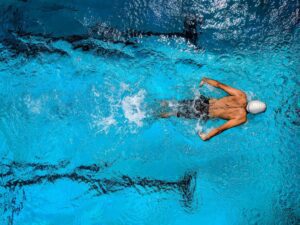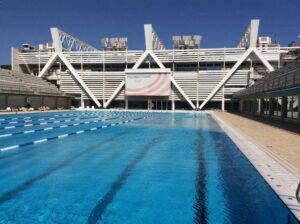07/24/2023 | Industrial Water Treatment | 8 MINUTE READ
Ultra-pure Water and Its Crucial Role in Semiconductor Manufacturing
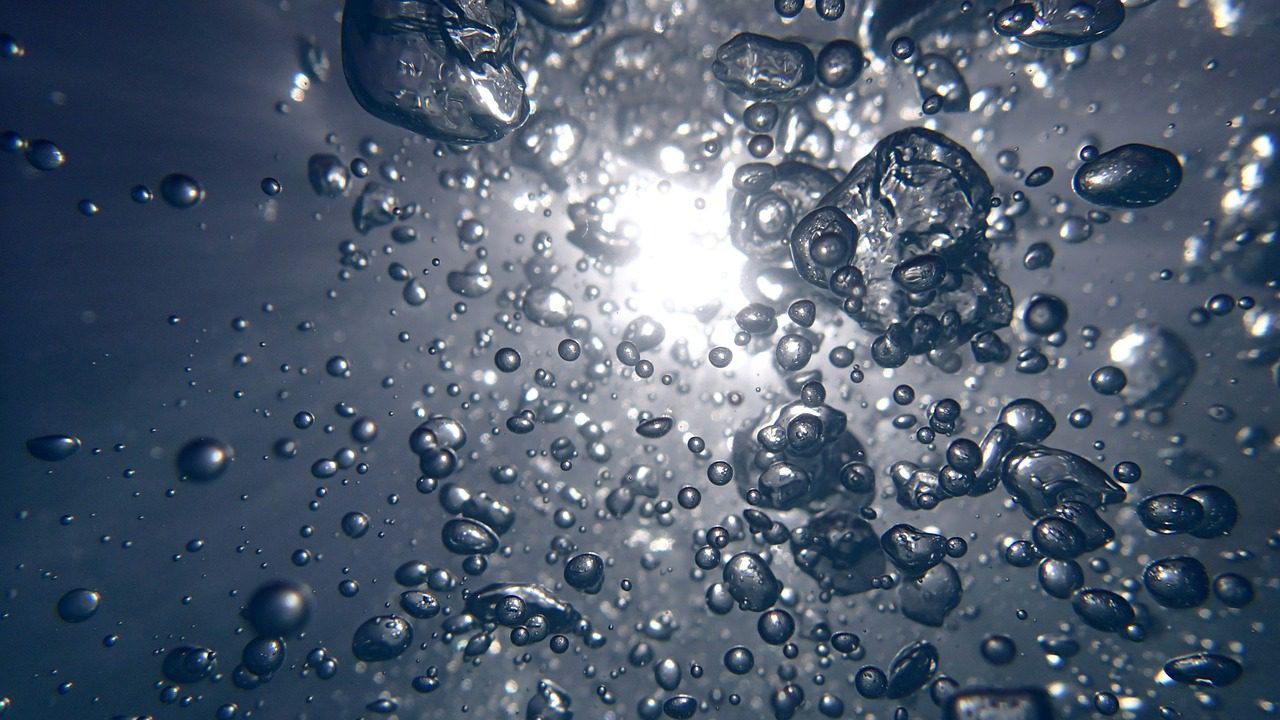
In many industries across the world, ultrapure water is used to ensure contaminants don’t impact various processes. Ultrapure water has become exceedingly common in the semiconductor industry during manufacturing processes. It’s used in almost all phases of semiconductor manufacturing.
Intake water is consistently treated until the water is free from contaminants. The water treatment technologies a facility uses are designed to remove microorganisms, minerals, organic chemicals, and other contaminants.
While the EPA requires industrial and manufacturing facilities to meet certain water quality standards, these standards aren’t strict enough for semiconductor manufacturing, which is why facilities often focus on using ultrapure water to ensure the manufacturing processes produce strong results. The three primary steps in an ultrapure water system include the makeup, primary, and polishing steps. In this guide, you’ll learn more about ultrapure water and why it’s essential for the semiconductor manufacturing industry.
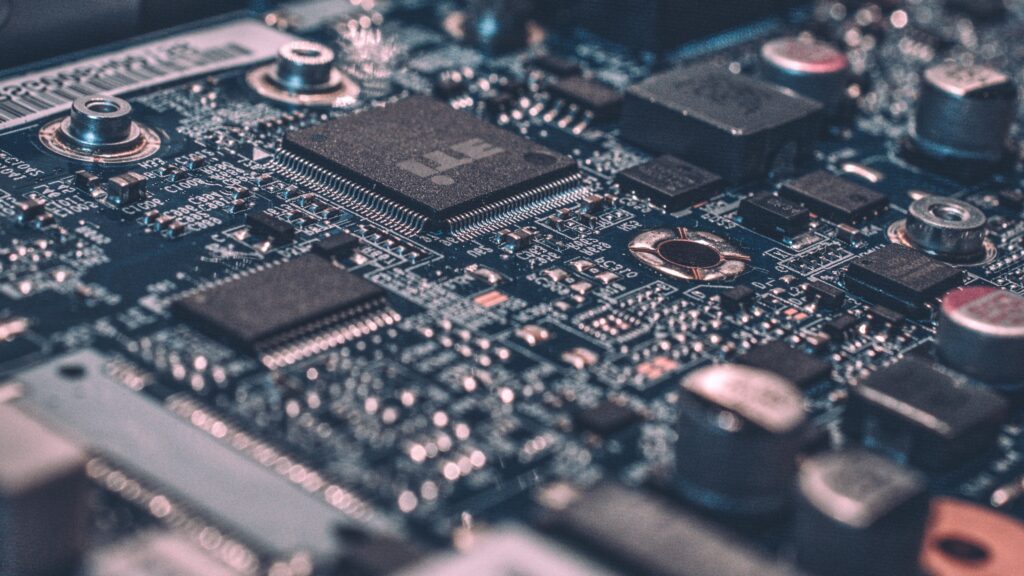
Introduction to Ultrapure Water in Semiconductor Manufacturing
As touched upon previously, semiconductor manufacturing relies on ultrapure water during most stages. This water is necessary for everything from surface conditioning and rinsing to wafer cleaning. Keep in mind, however, that using ultrapure water can be expensive. It’s often used during chemical processes and to cool equipment. If you need to upgrade to ultrapure water in your facility, you should obtain a treatment system that will effectively convert municipal feed water into ultrapure water.
The Importance of Ultrapure Water in Semiconductor Device Fabrication
Ultrapure water is necessary when fabricating devices. The device fabrication process involves multiple steps, most of which use ultrapure water. For instance, solvent processing, wafer cleaning, chemical mechanical planarization, and wet etch all rely on ultrapure water. During the device manufacturing process, large quantities of water are consumed for the individual processes mentioned above. In order to obtain ultrapure water, contaminated water must be treated with powerful technologies.
While there are many aspects of device manufacturing that use ultrapure water, chemical mechanical planarization consumes more ultrapure water than most processes. This manufacturing technique relies on mechanical abrasion and chemical oxidation to polish surfaces and remove certain materials. High volumes of ultrapure water are necessary for slurry production.
Every semiconductor fab uses high volumes of ultrapure water, which makes it a substantial and costly activity. Over a decade ago, device fabs were using around seven liters/cm2 of ultrapure water for every wafer out, which means that a 200mm wafer fab that produces around 20,000 wafers every month would use as much as 3,000 m3 of ultrapure water every day. To understand how much water this is, it’s enough to meet the daily requirements of a large community consisting of 20,000 people. Because of how much more demanding semiconductor processes have become, there’s a good chance that these facilities use even more water today.
Since all device fabs use a considerable amount of water and spend a large amount of money to treat the water that enters the plant, consistent efforts are being made to reduce how much ultrapure water is necessary for semiconductor manufacturing. As new technologies are introduced to the market, there’s a good chance that improvements will eventually be made that allow fabs to use ultrapure water more efficiently.
The Challenges of Producing Ultrapure Water
Ultrapure water is produced by purifying water in a manner that’s far above industry standards. Once the water has been effectively treated, its organic matter, number of solid corpuscles, conductivity, and cell count should be at very low values. Because of the stringent standards, there are some challenges that facilities must contend with when producing ultrapure water.
Current technologies like deionized resin beds and reverse osmosis are regularly used to purify the water. However, device linewidths are becoming smaller and smaller, which means that standards are getting higher. Existing water treatment technologies may eventually be unable to purify the water enough to meet these standards. In fact, modern semiconductor standards in ultrapure water are higher than the detection limits that some analytical tools have.

Parameters and Quality Control for Ultrapure Water
To ensure water is clean enough to receive an “ultrapure” classification, many different parameters are monitored during and after the treatment process. These parameters include:
- Resistivity
- Dissolved oxygen (DO)
- Total oxidizable carbon (TOC)
- Bacteria
- Ions
- Metals
- Silica
- Particulate matter
Each of these parameters has specified measurement methods as well as specified limits. By monitoring these properties and making sure that they are all in the ideal range, it’s possible to ensure the purity and quality of ultrapure water. Different testing methods are used to monitor the many substances mentioned above. These methods include:
- Total silica – inductively coupled plasma or GFAAS
- Organic ions – Ion chromatography
- Particle monitoring – Online light scatter
- Other organics – Gas chromatography or liquid chromatography
- Anions, cations, and metals – Ion chromatography or inductively coupled plasma
- Dissolved oxygen – Online electric cell
- Particle count – Scanning electron microscopy
- TOC – Conductivity
Resistivity is often measured in Mohm-cm, which stands for mega-ohm centimeters. If concentration levels are low in ultrapure water, you’ll receive high resistivity readings. When there’s zero ionic contamination in the water, the highest reading you can receive is 18.25 Mohm-cm.
As for TOC, this metric is measured in parts per billion (ppb). This form of carbon shows up in ultrapure water from organic and inorganic contaminants that come from raw feed water. It’s possible to reduce TOC levels until they reach ultrapure water standards with treatments like UV irradiation, reverse osmosis (RO), and ion exchange. The majority of semiconductor applications require low carbon levels.
Dissolved oxygen is mainly measured with an electrochemical cell. Modern fabrication labs strive to keep dissolved oxygen levels below 5ppb. You can remove dissolved oxygen from the water to reach the necessary levels with vacuum degasification.
All forms of raw water sources have some amount of particulate matter in them. Any particles that are larger than the micron scale can be removed from the water with microfilters and pre-filters. Once this takes place, you can polish the water with finer filters to take out particles that are as small as 0.2 microns. Even smaller particles can be removed with the ultra-filtration technique. In semiconductor manufacturing, particles that are larger than 0.2 microns can’t be in the water when the device fabrication process takes place.
When looking at bacteria, it’s possible for certain bacteria to remain in the water even after the ultrapure water treatment process occurs. Bacterial adhesion often takes place in water because pipe walls bring in small amounts of organic nutrients. These nutrients will attach to the surrounding walls and begin the biofilm process. Even though some facilities take steps to prevent microbial activity, it’s difficult to remove biofilms. They can permanently coat certain areas of valves that are practically inaccessible.
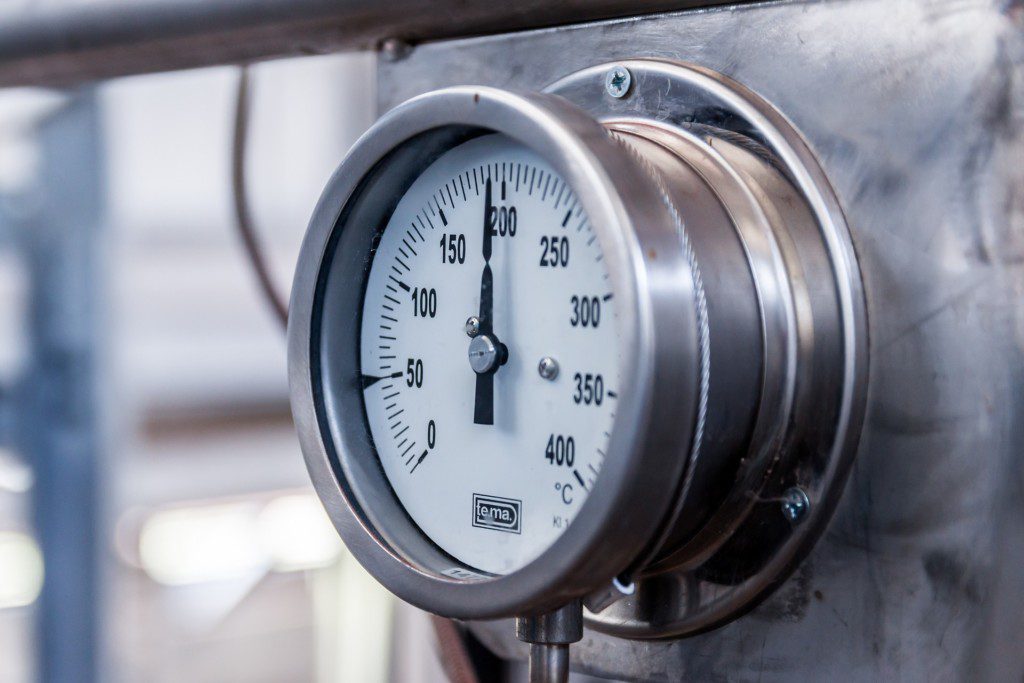
Technology Advancements and Future Specifications
In the semiconductor manufacturing industry, businesses and scientists alike are constantly trying to reduce the amount of ultrapure water that’s used during the manufacturing processes. It’s believed that future technology cycles will require even more rigorous specifications, which is why now is the time to address concerns about the amount of ultrapure water that’s being used.
Evoqua Water Technologies provides a comprehensive portfolio of devices and technologies designed to resolve the high ultrapure water system needs in semiconductor manufacturing. These technologies include everything from service deionization systems to point-of-use filtration systems.
Unit Operations in an Ultrapure Water System
The process of treating water in an ultrapure water system involves makeup systems, primary systems, and polishing systems. Makeup systems are made to treat the incoming water, while the primary systems provide additional purification. Once the primary systems have been implemented, most contaminants should be removed from the water. Polishing systems deliver the highest level of purification that should meet semiconductor industry specifications.
The makeup systems often include demineralization and reverse osmosis. Any large debris in the water will be caught by a filter. Additional treatments include sodium bisulfite and activated carbon, both of which dechlorinate the water.
The primary systems involve everything from UV treatment to mixed bed ionization. Dissolved oxygen can be removed at this stage with vacuum degasification. During the final polishing stage, heat exchange and ultraviolet light are often used to maintain the water’s temperature, after which an ion exchange process and ultra-filtration process filter the water to a specific particle level.
Conclusion
Ultrapure water plays a critical role in many semiconductor manufacturing processes. The water’s purity and quality are essential for obtaining optimal device fabrication, which is why most facilities spend the money necessary to remove all contaminants from the water. As technology continues to advance, the demand for ultrapure water will only increase.
Posted by Dominic O'Donnell on July 24, 2023
Sensorex is a global leader in the design and manufacture of quality sensors for water quality and process applications. The company offers more than 2000 sensor packages for pH, ORP, conductivity, dissolved oxygen, free chlorine, chlorine dioxide, UV transmittance and other specialty measurements, as well as a full line of sensor accessories and transmitters. Its expert technical support engineers solve analytical sensor challenges with custom designs and off the shelf products.

